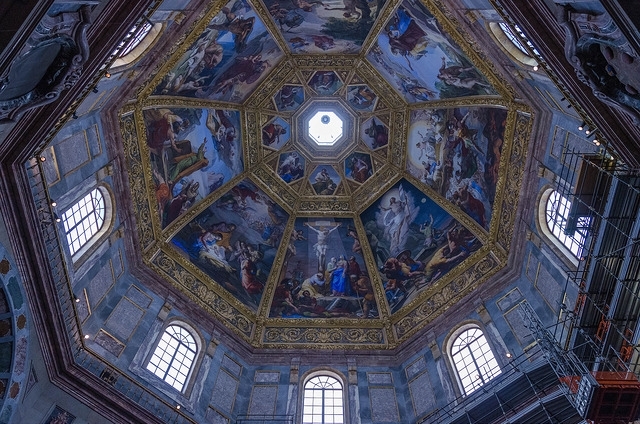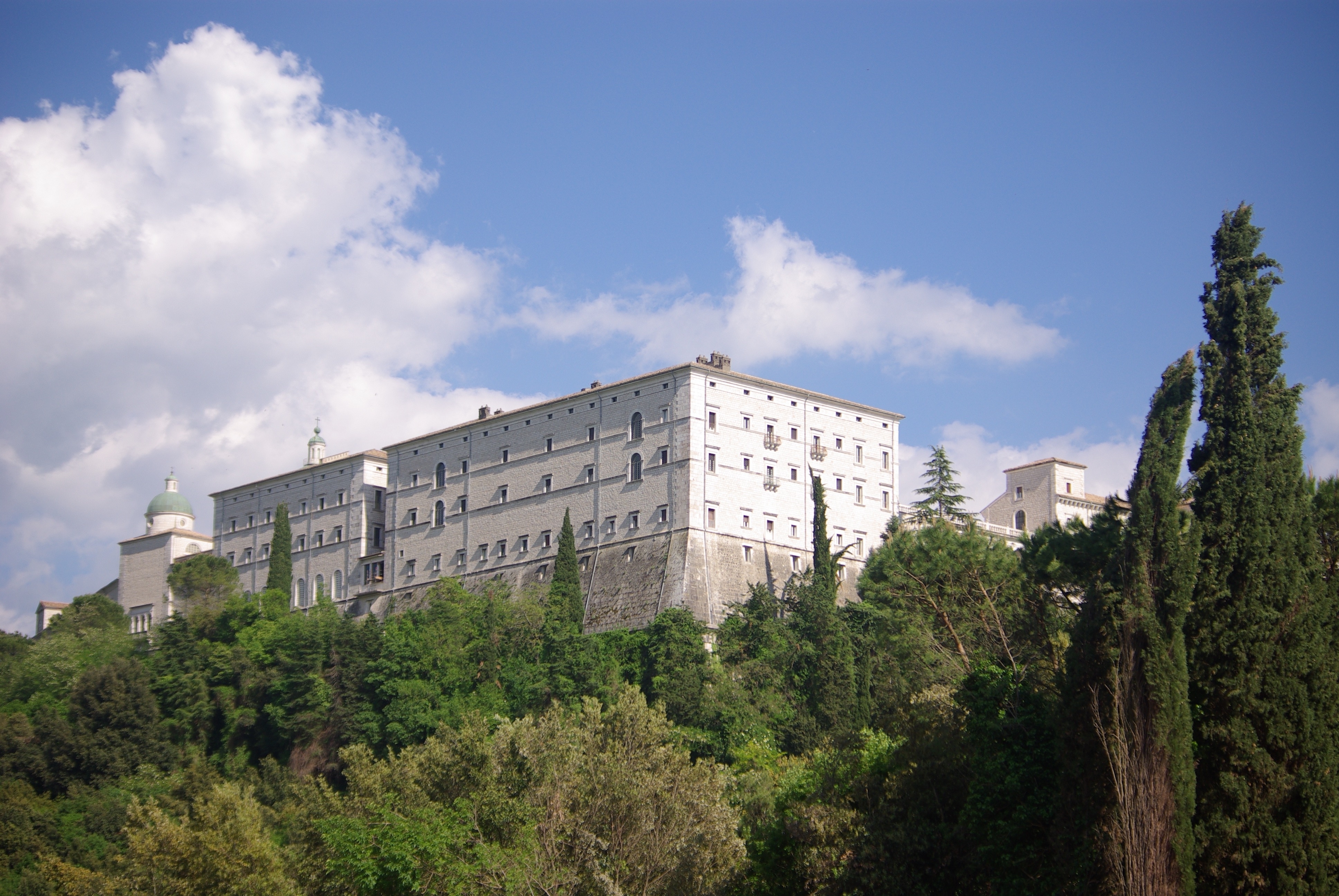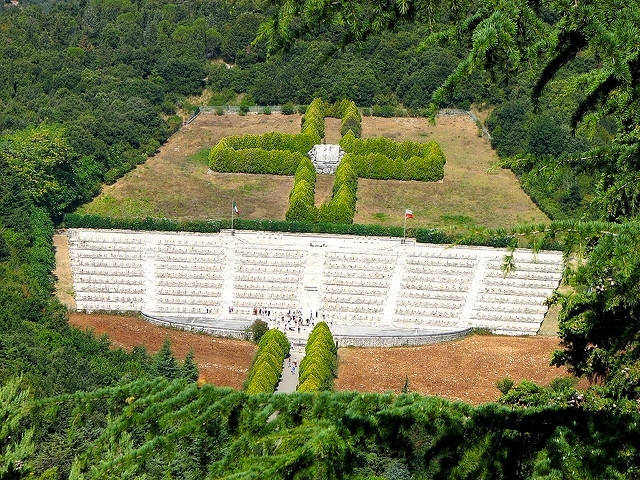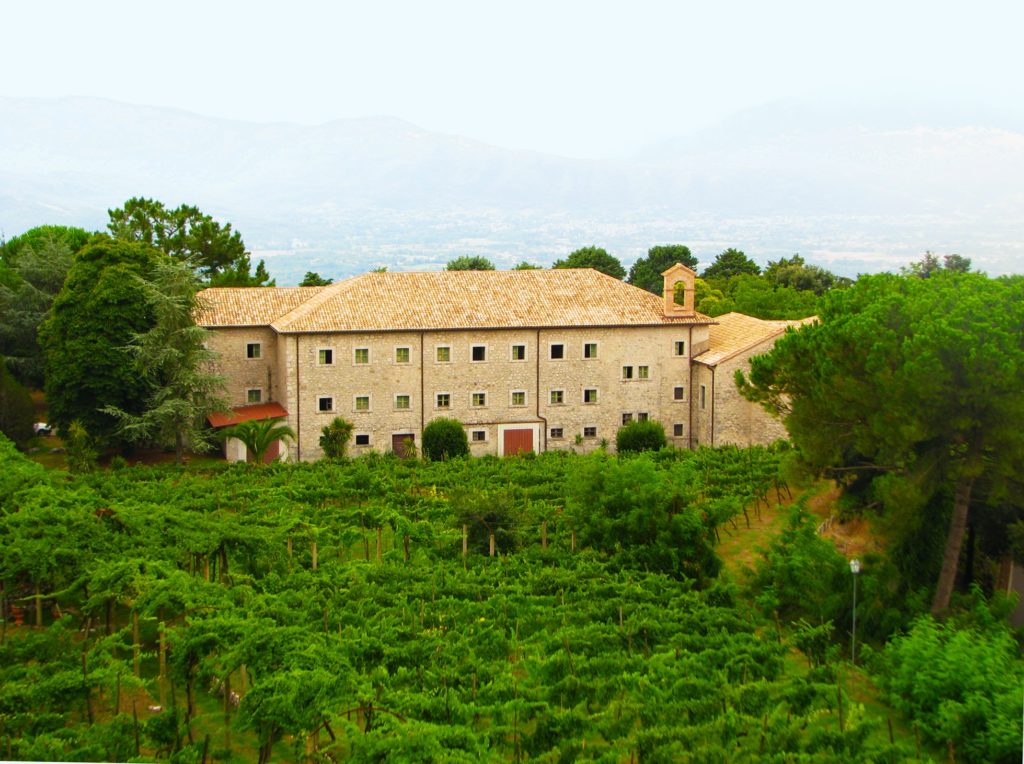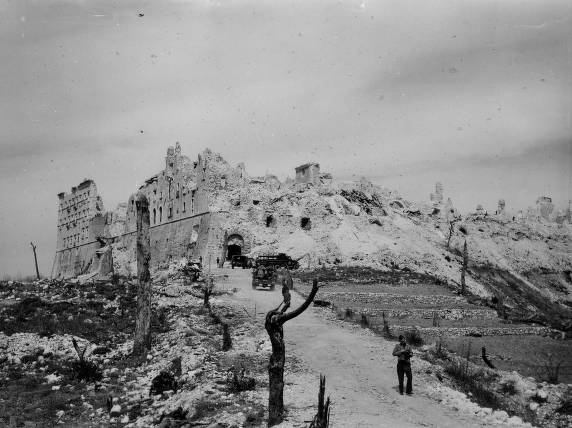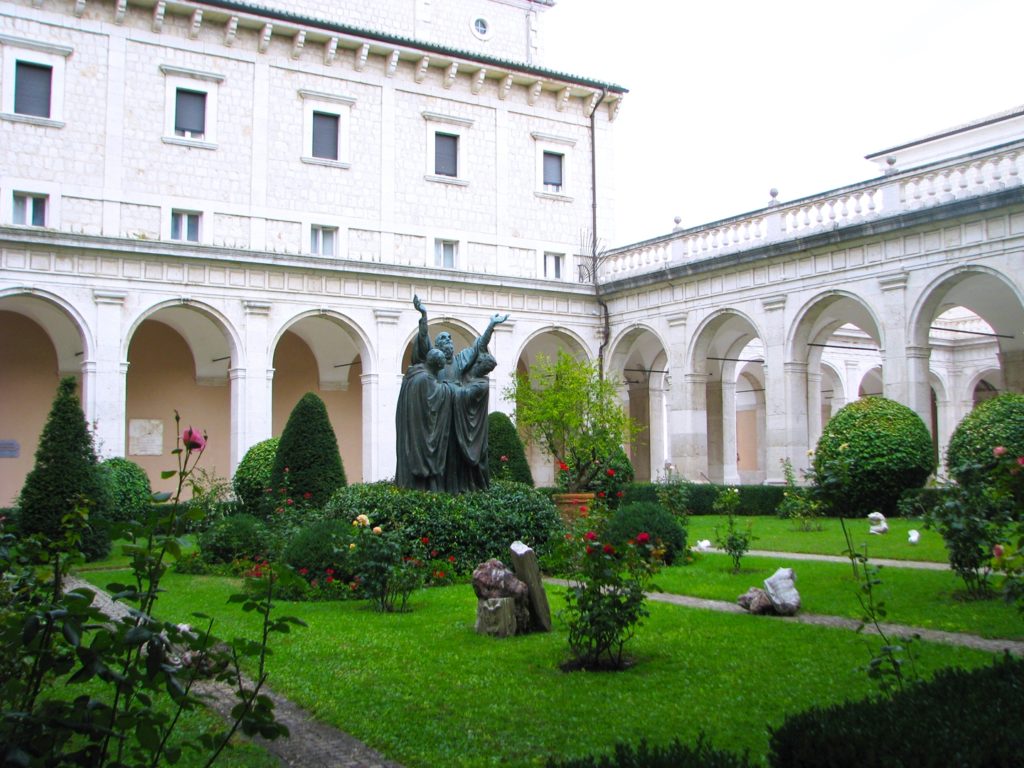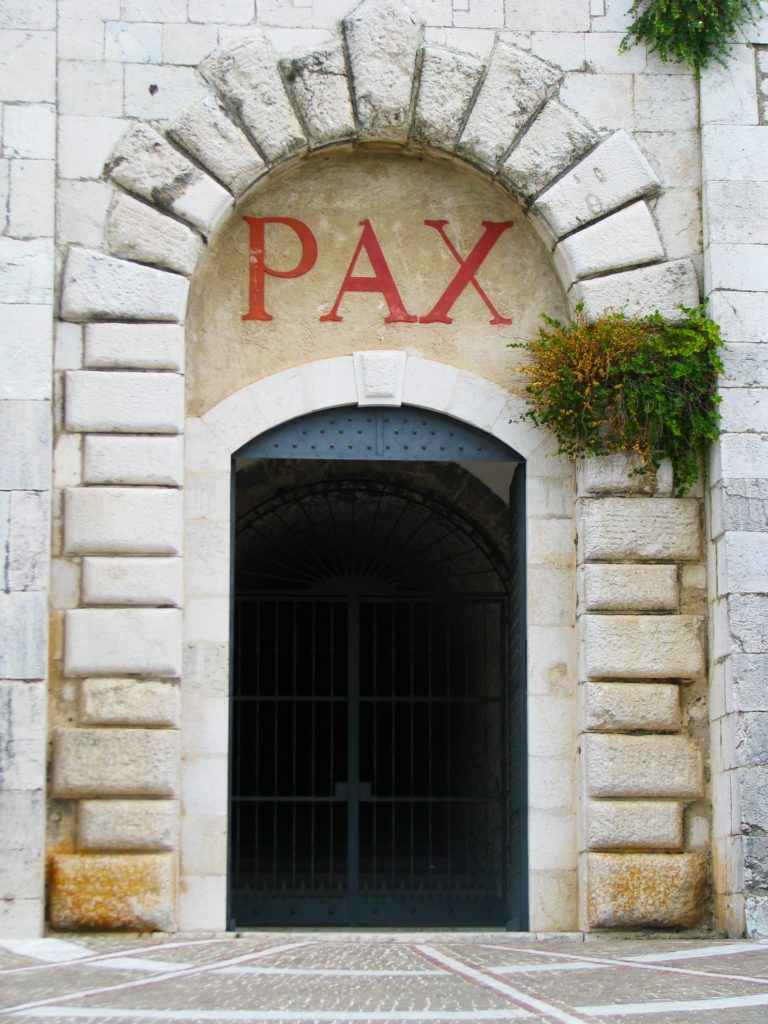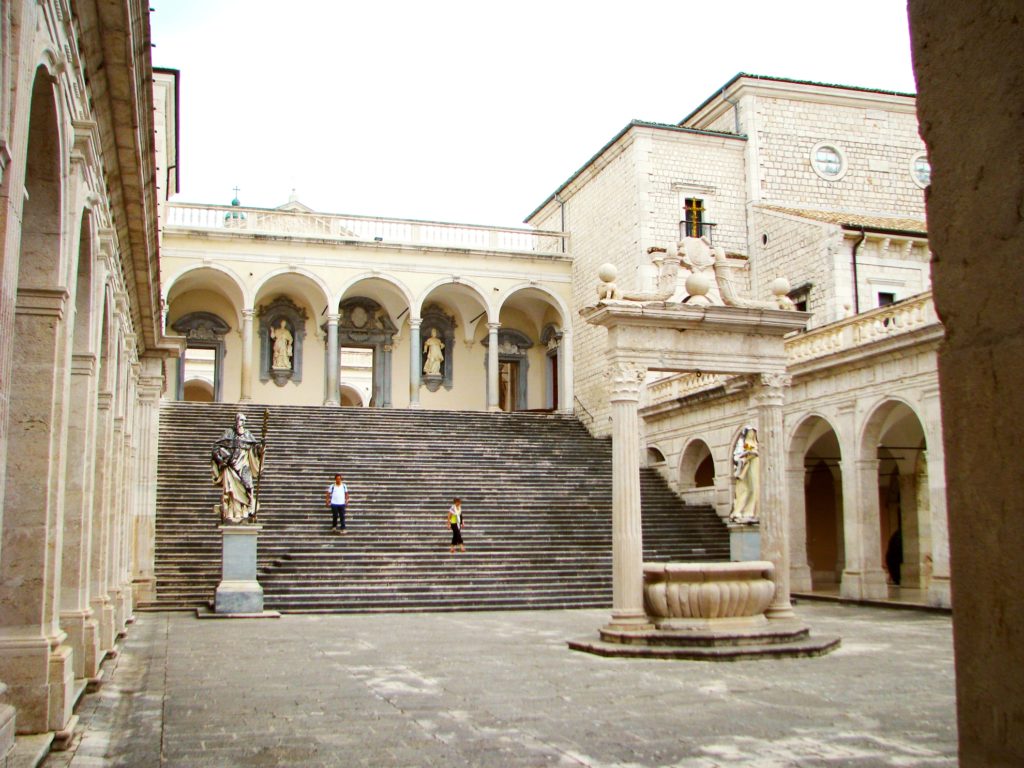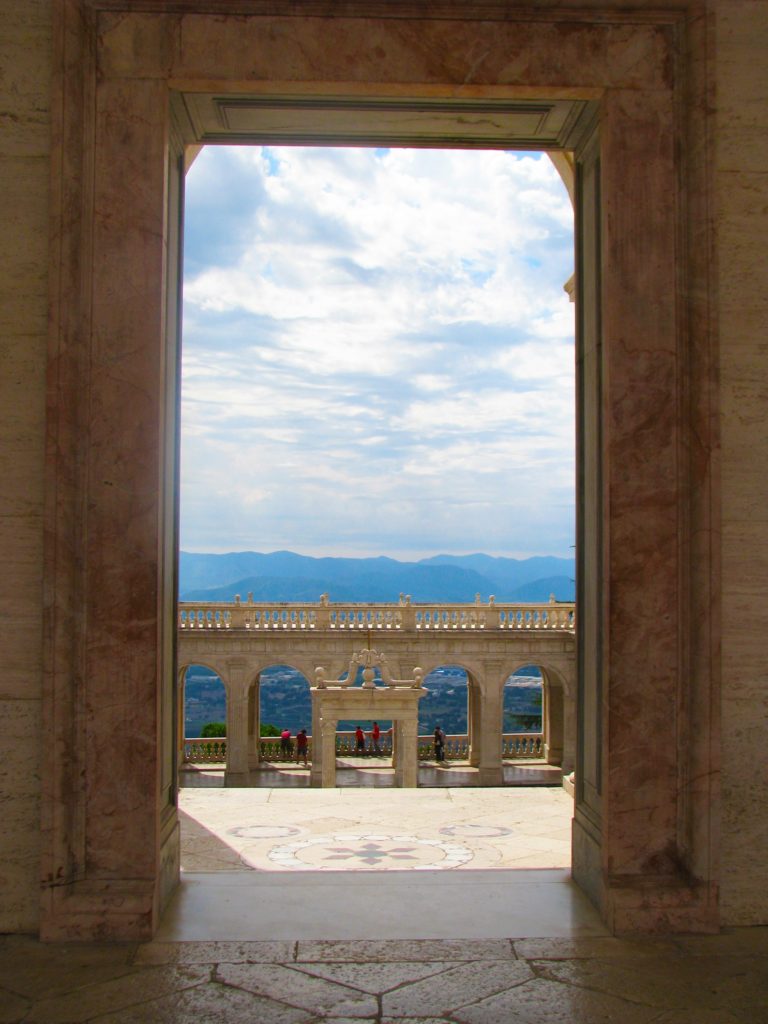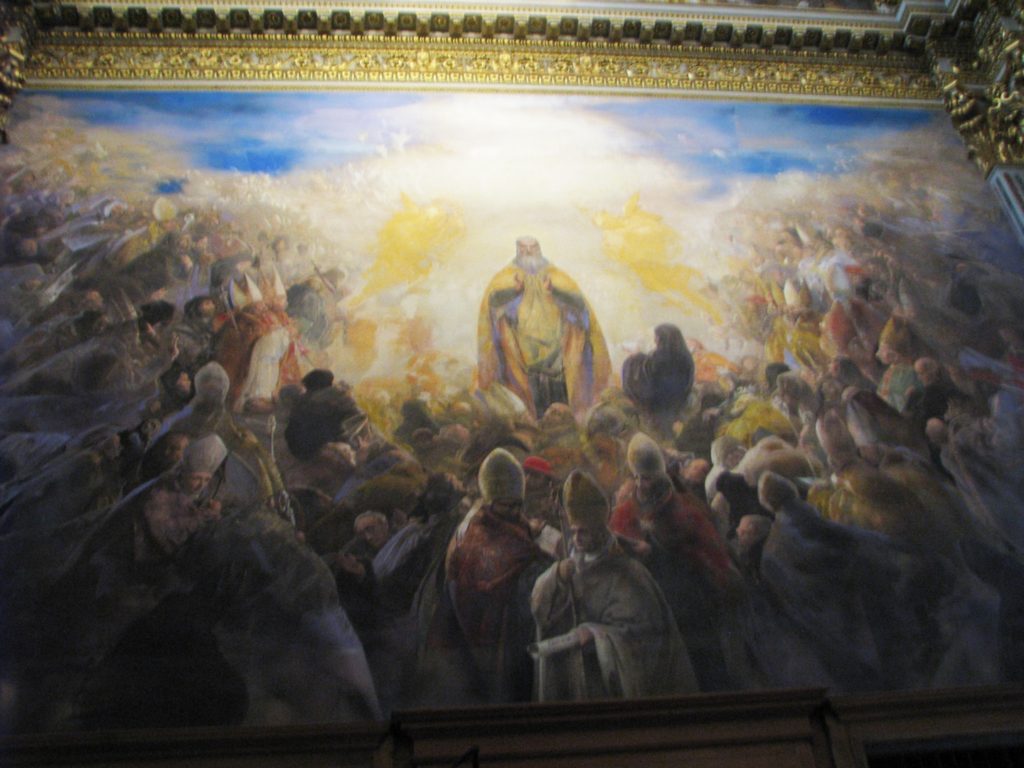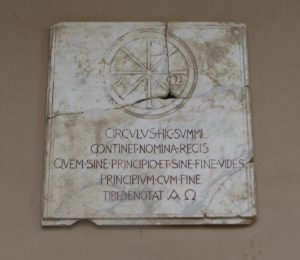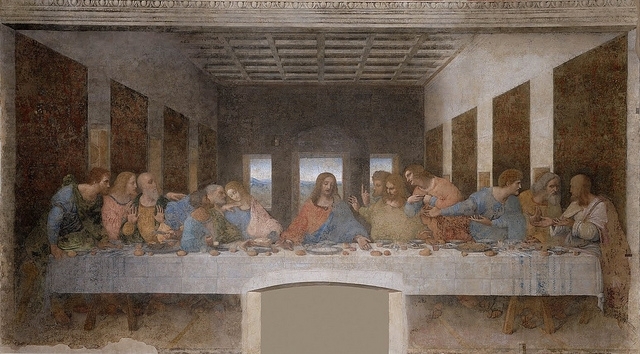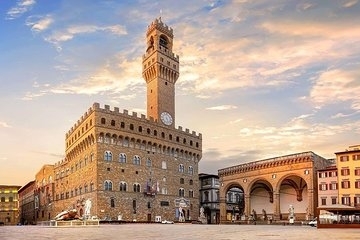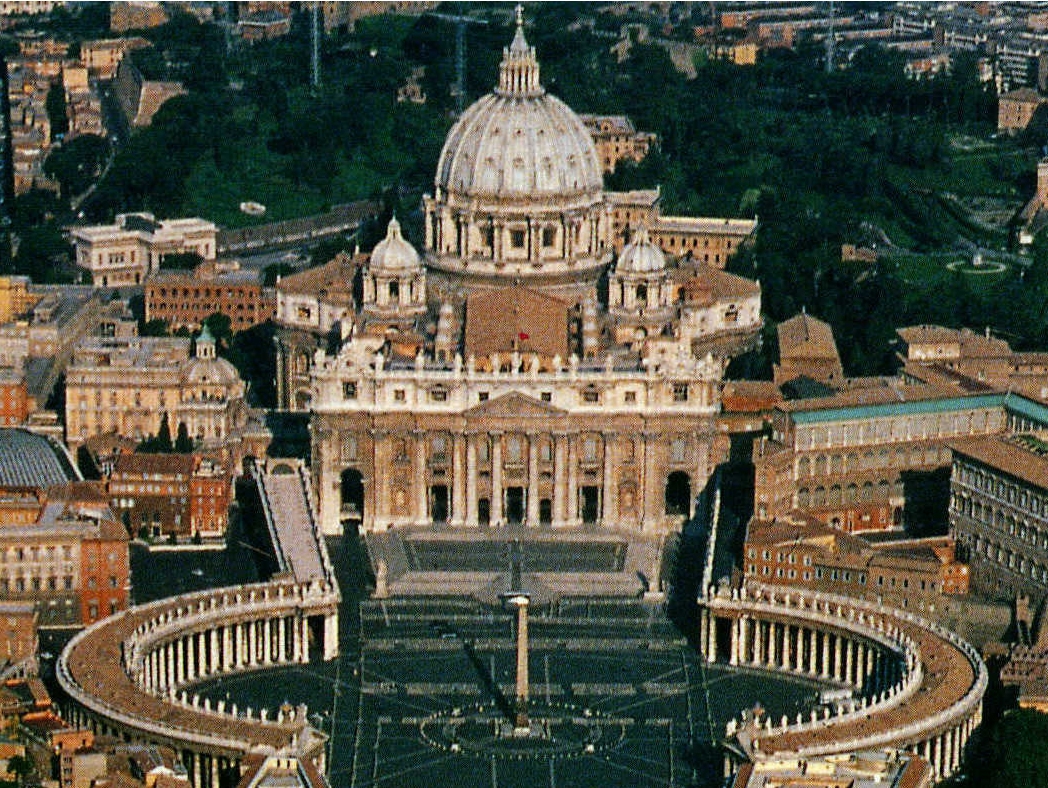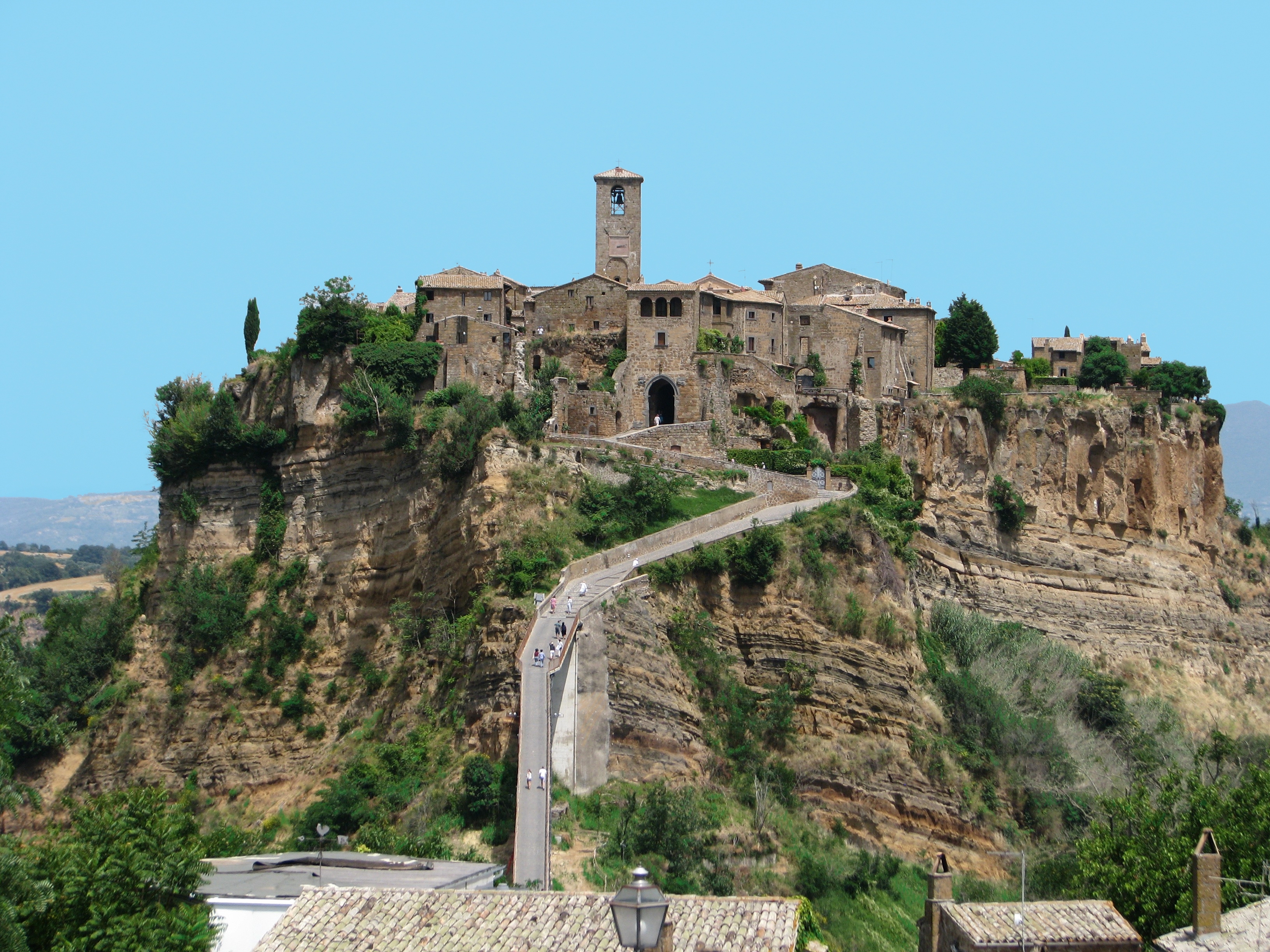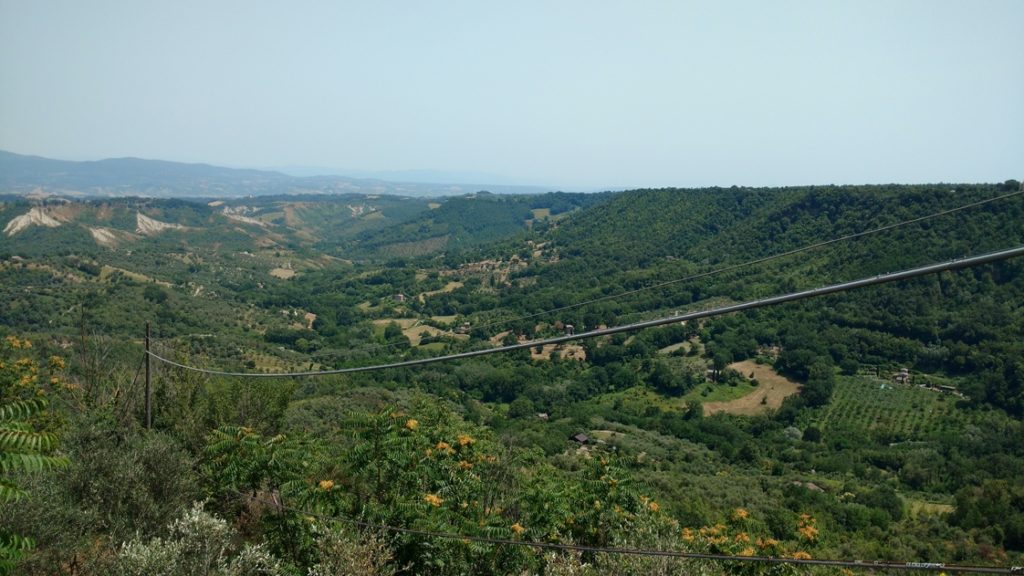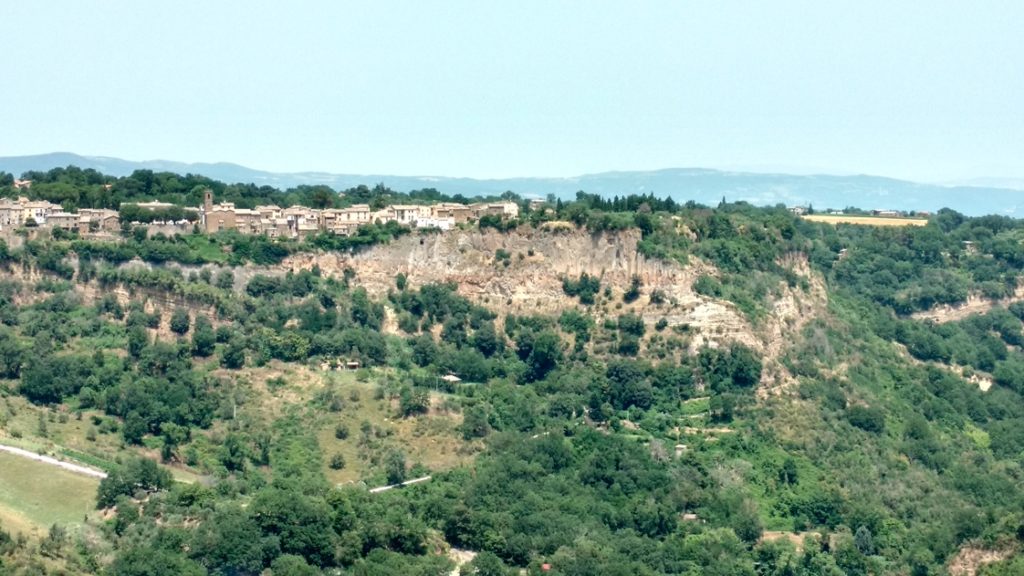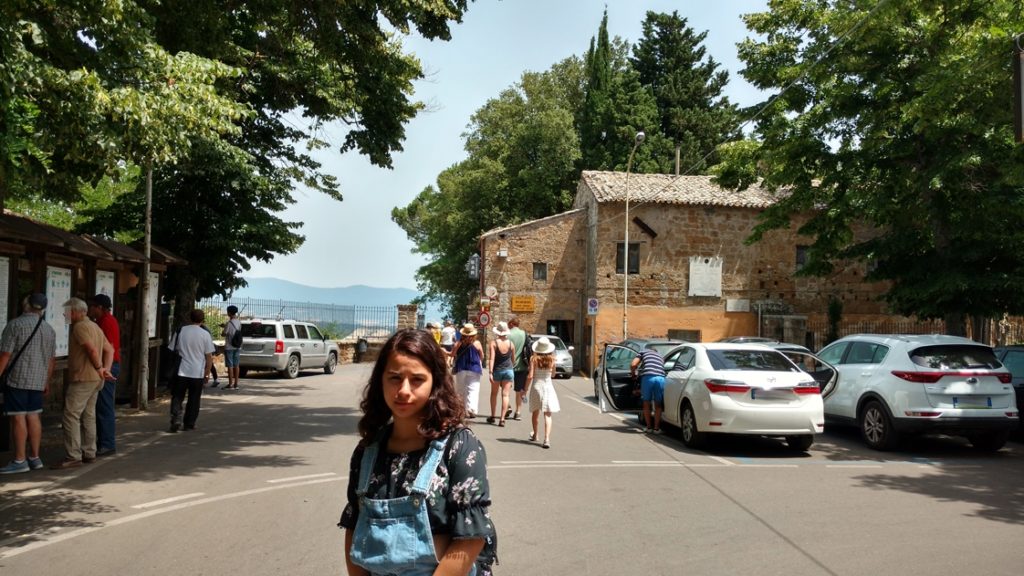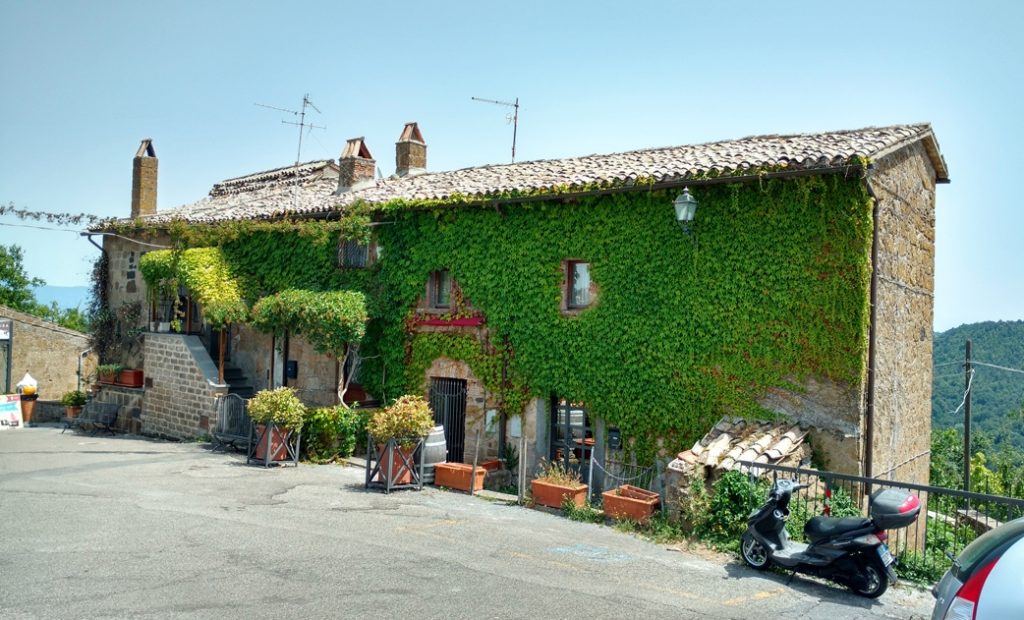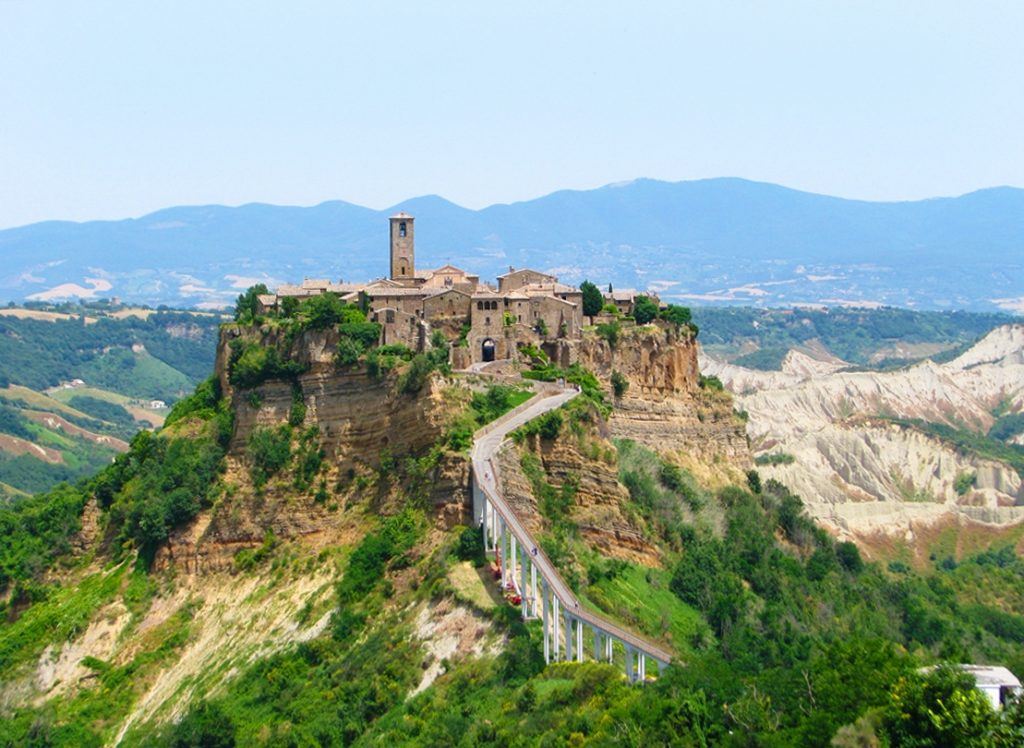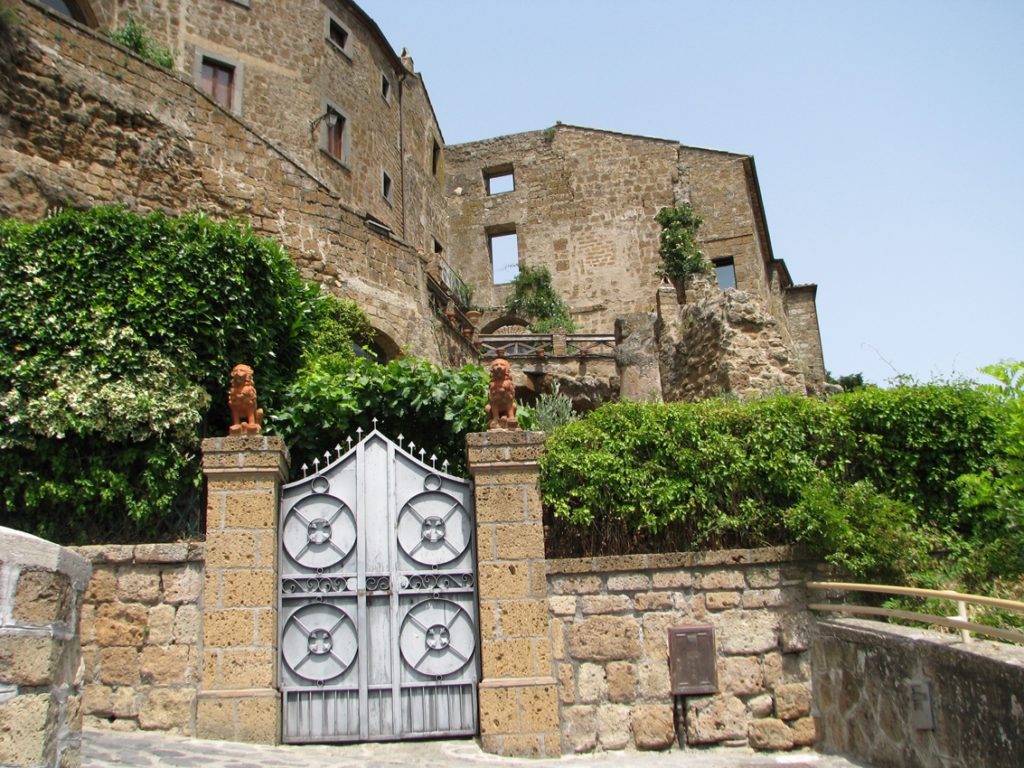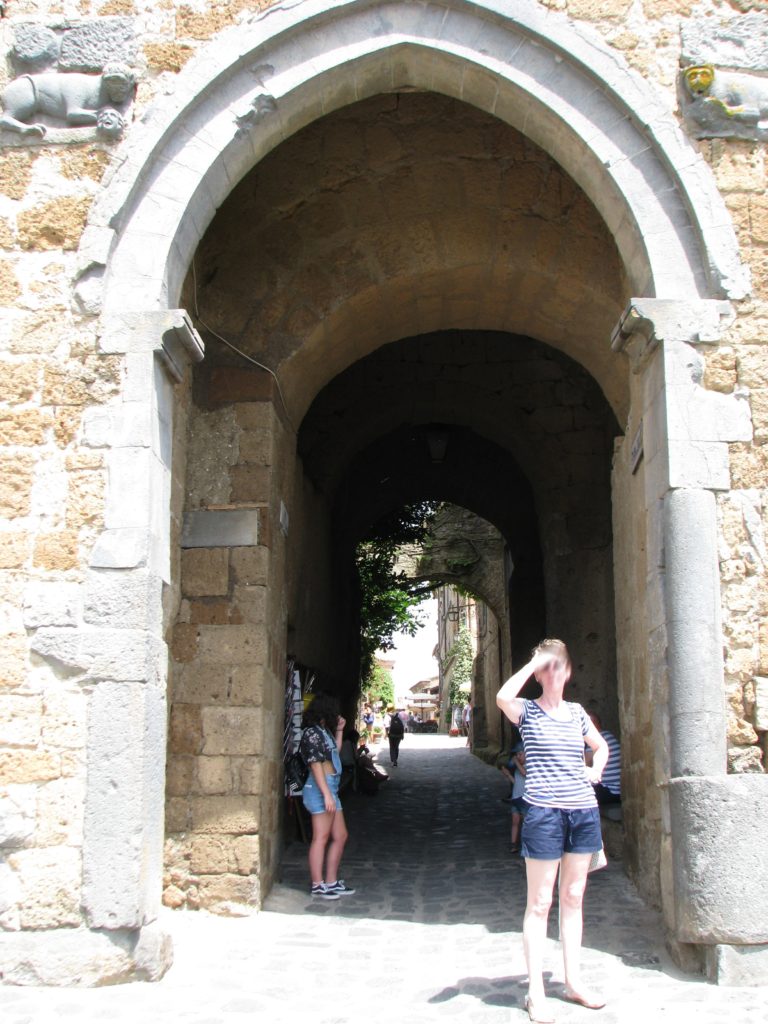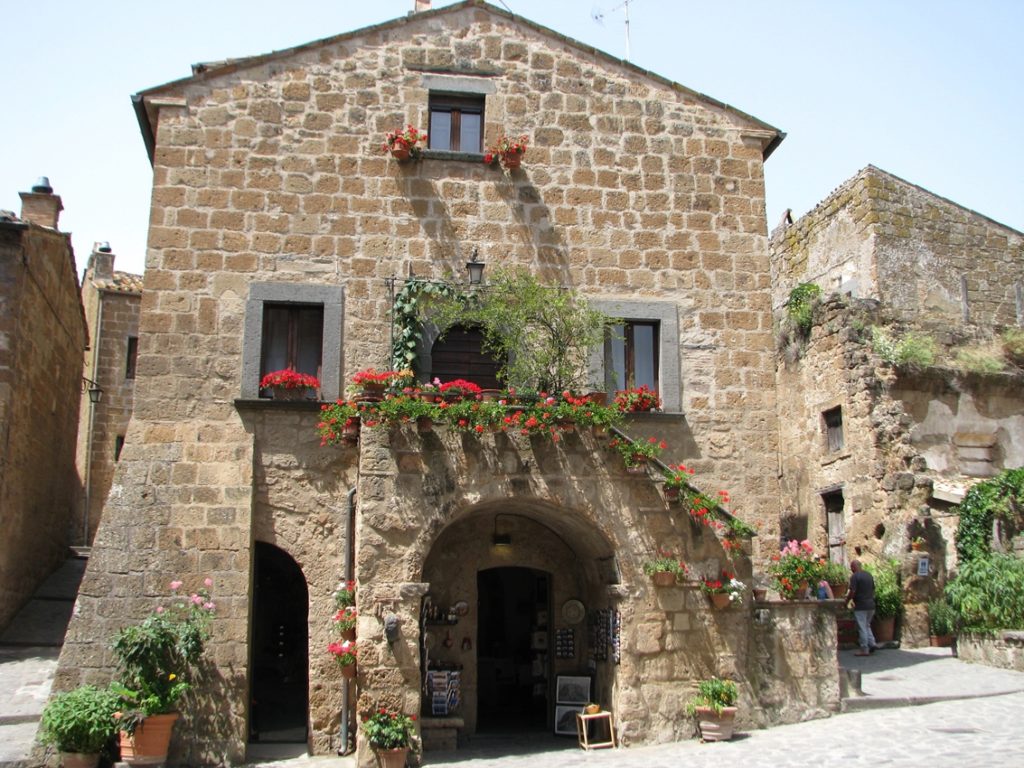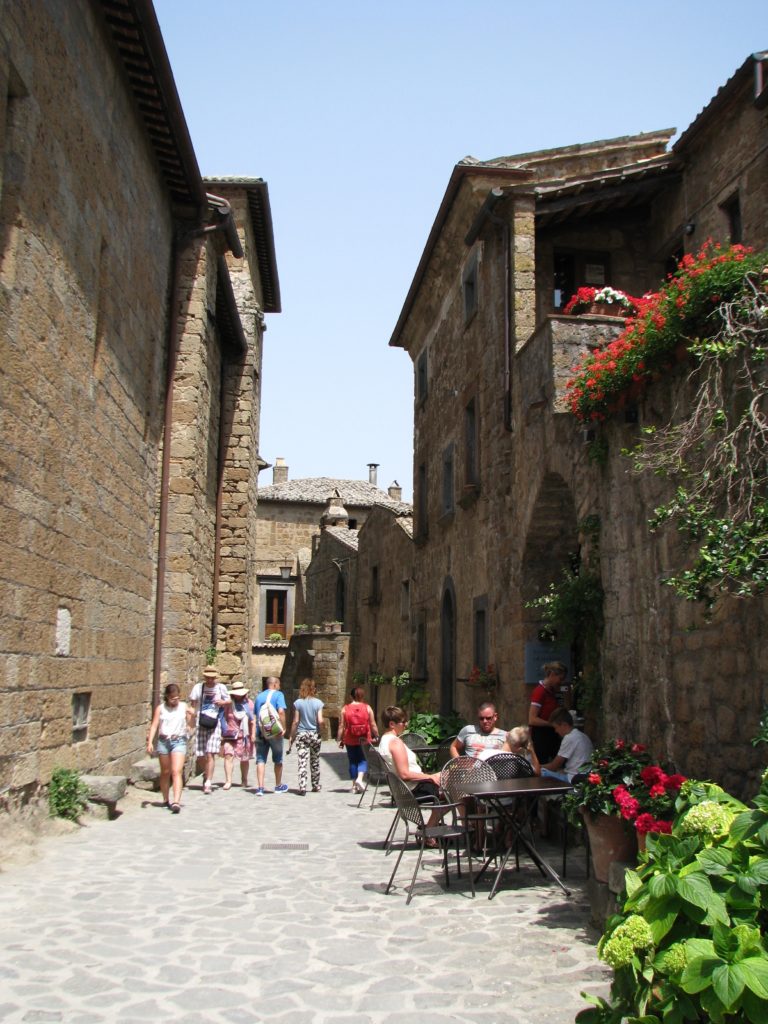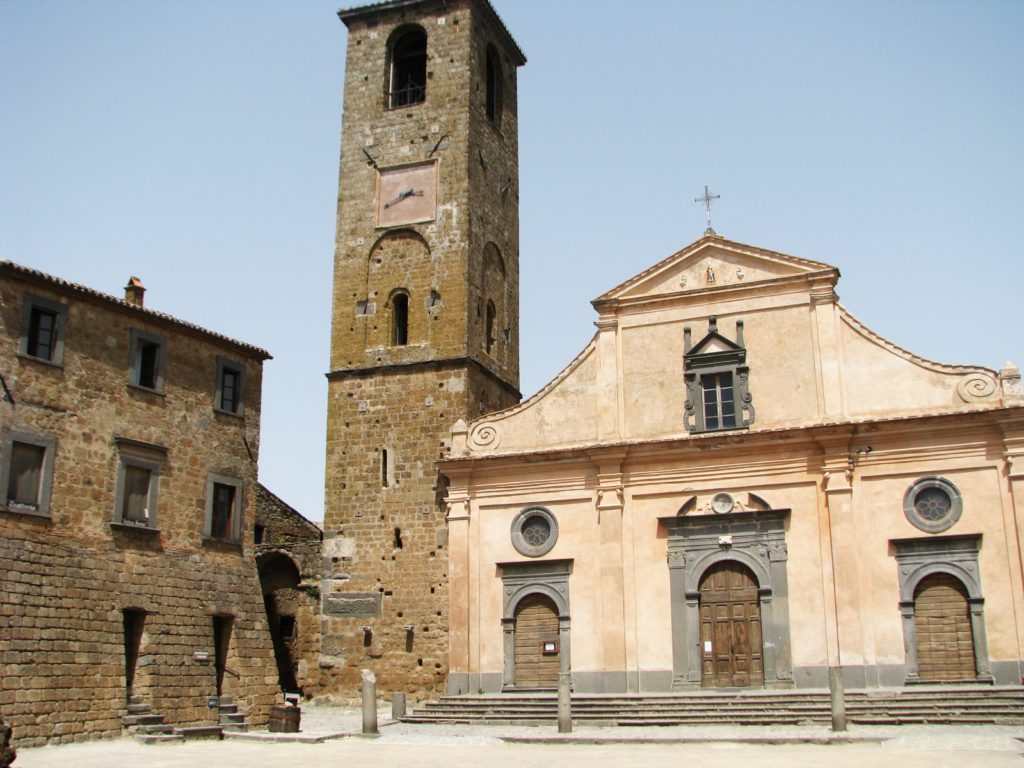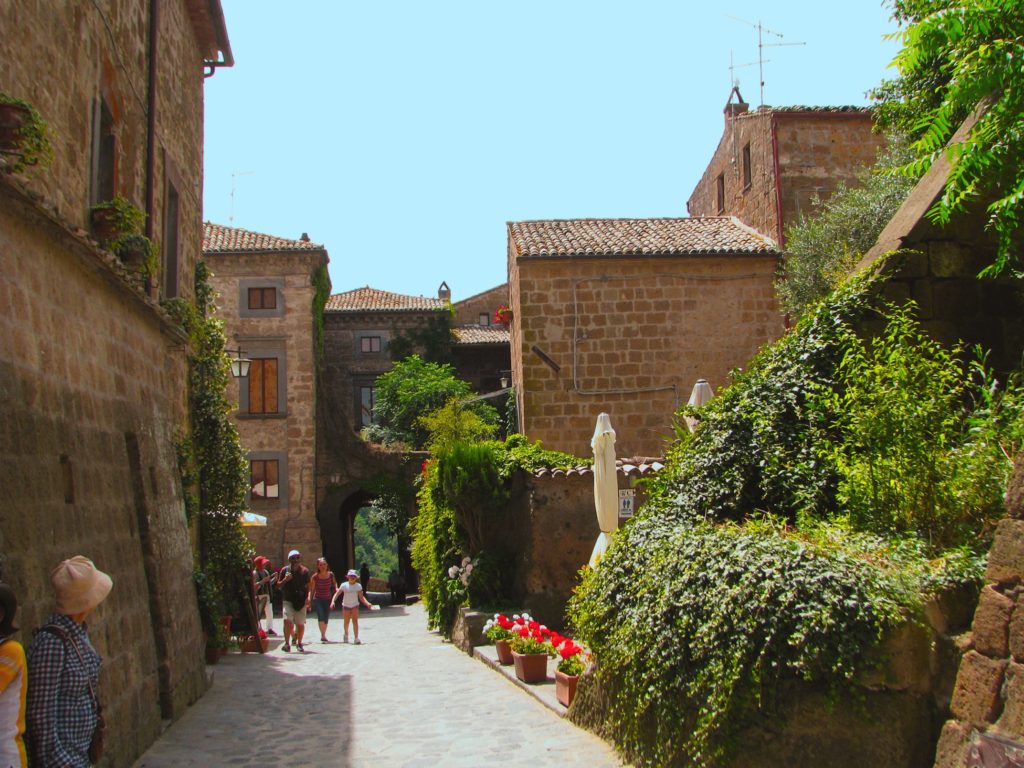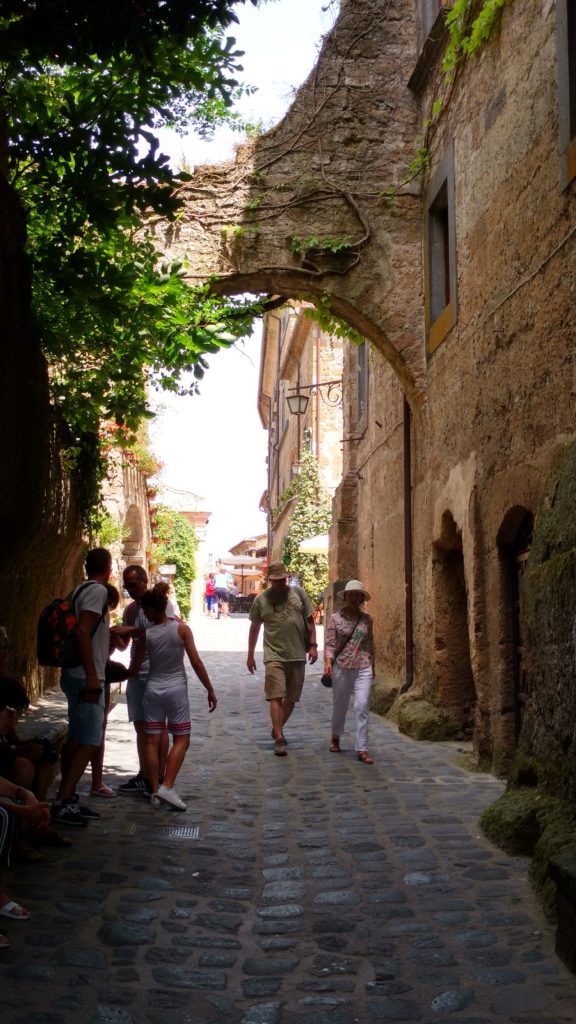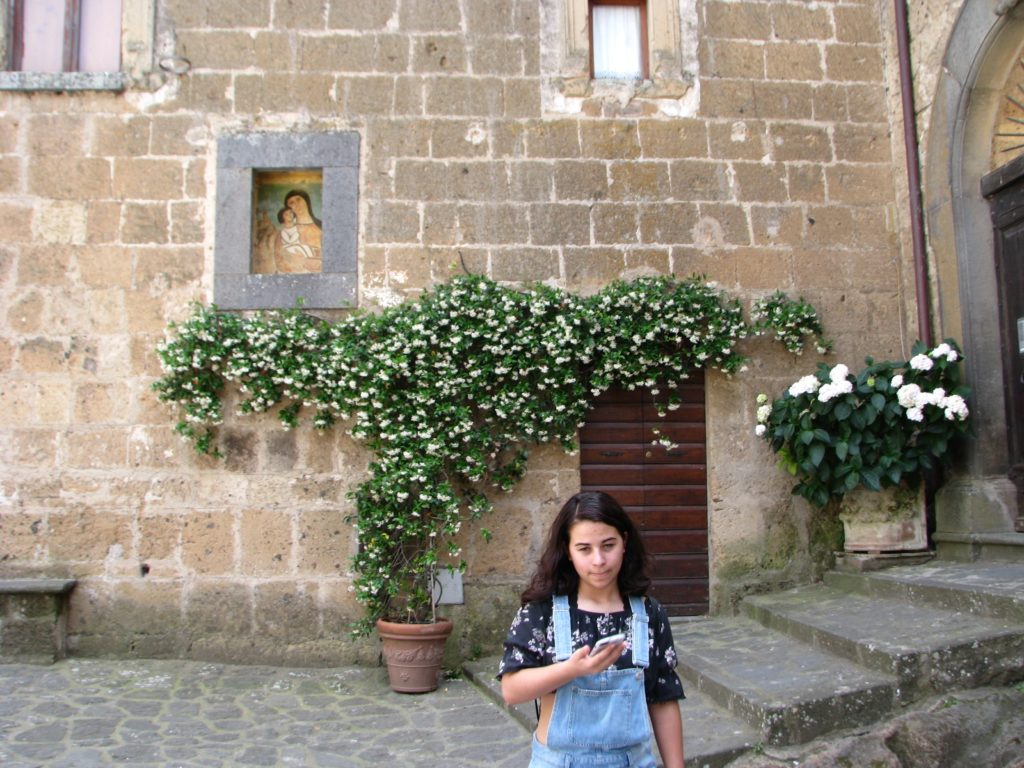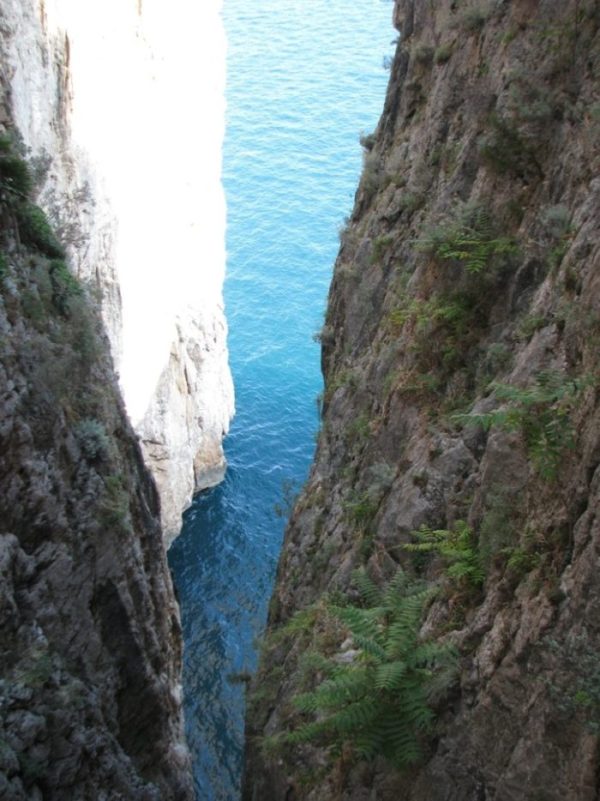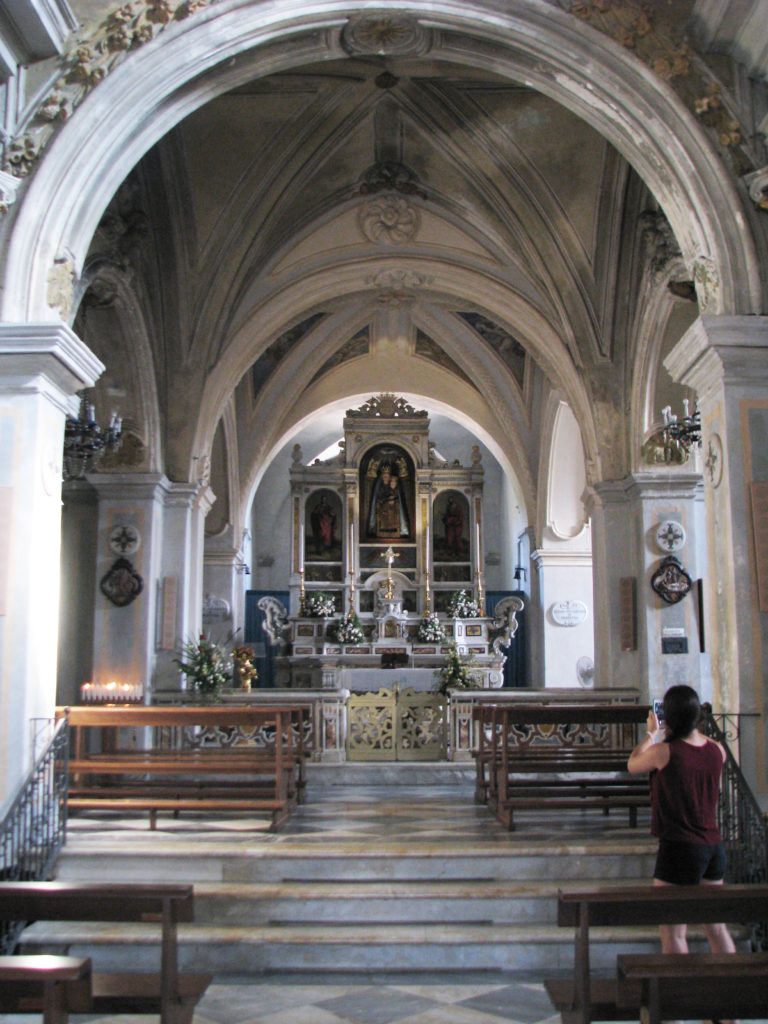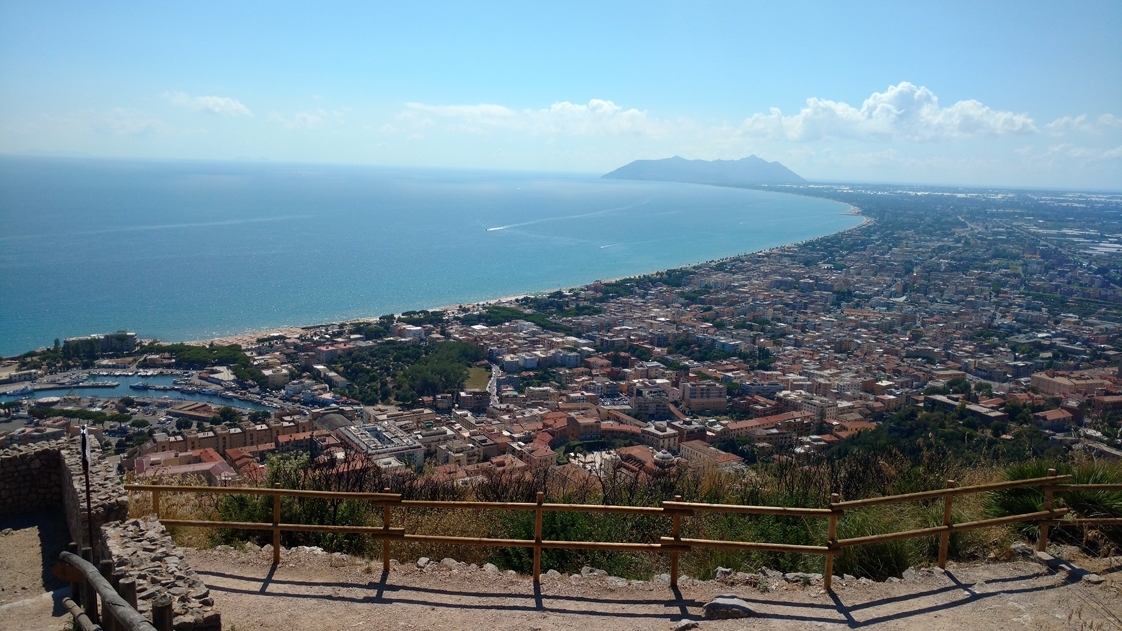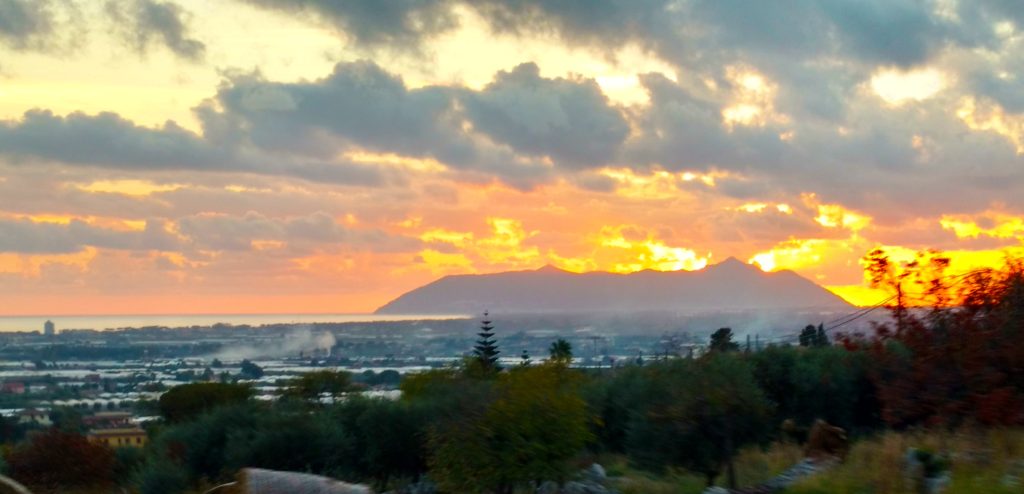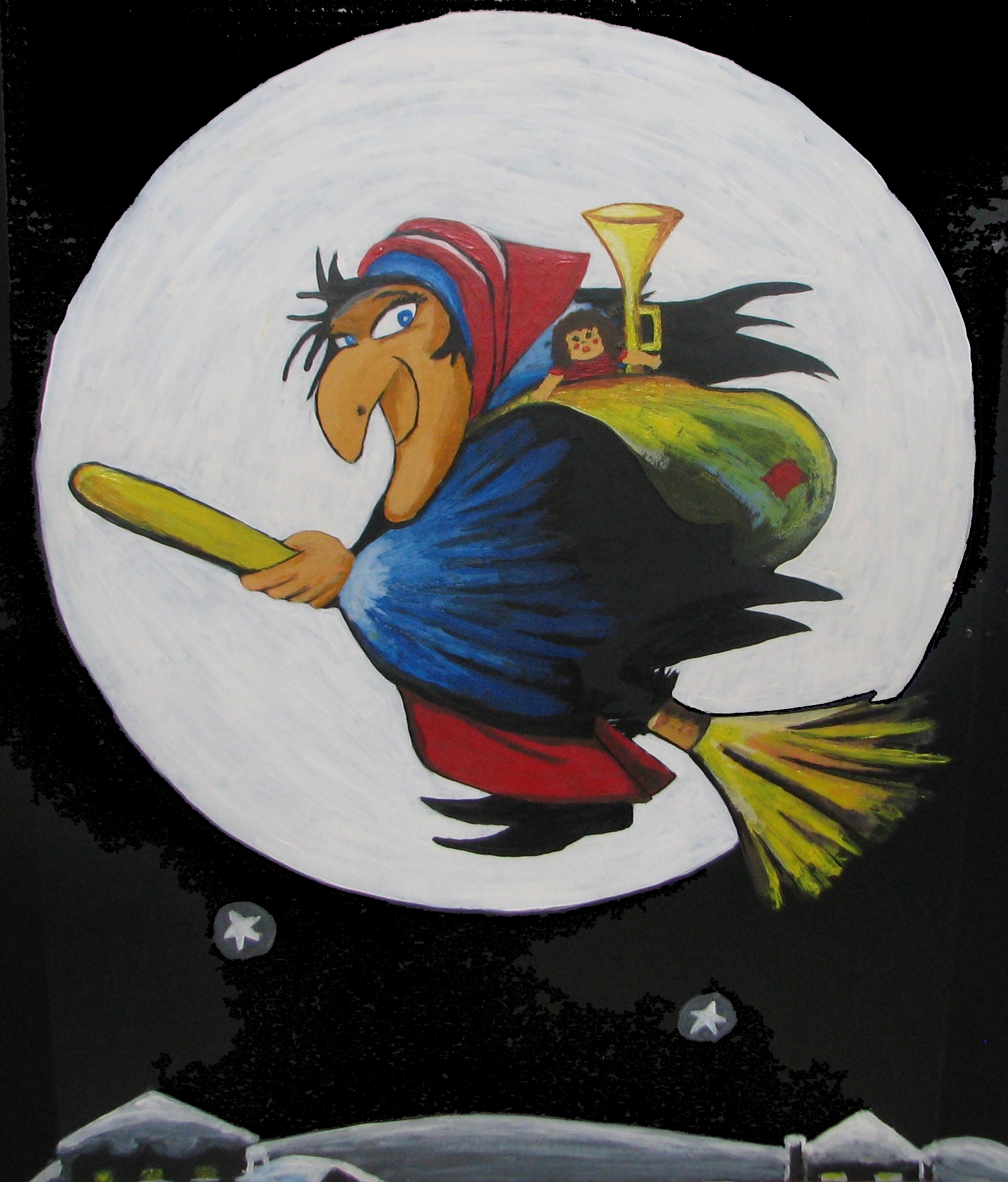***This post contains affiliate links and I will be compensated if you make a purchase after clicking on my links at no extra cost to you
The rise of the Renaissance is closely interwoven with the story of the Medici family who since the beginning used art to legitimize their power. The Medici family ruled the city of Florence for three hundred years, from the 15th to the 18th centuries. Wherever you turn your gaze in Florence, you can see sculptures, palaces, coats of arms and details that speak about them.
The Medici chapels (Cappelle Medicee) are two architectural gems flanking the Basilica of San Lorenzo in the heart of central Florence. Brunelleschi designed the basilica for the Medici family in the 1400s, and it became the family church and mausoleum.
The New Sacristy is the more famous of the basilica’s two chapels. Designed by Michelangelo, it houses the funerary statues, Night and Day, Dawn and Dusk. The simple design features a somber color scheme of gray and white because the colorful wall paintings that Michelangelo had planned were never executed.
The tall domed Princes’ Chapel consists of multicolored marbles and semi-precious gems, known as pietre dure. Rare and costly stones like coral, jasper, onyx, amethyst and tiger’s eye adorn the interior; however, the Medici ran out of money before enough lapis lazuli could be purchased to cover the vast, octagonal dome and it was finally frescoed in 1824. The chapel’s richly carved tombs are filled with carved niches, statues and armorial plaques, but empty, as the deceased Medicis now lie in the crypt beneath.
CLICK TO ORDER TICKETS: Medici Chapels Tickets, Florence

